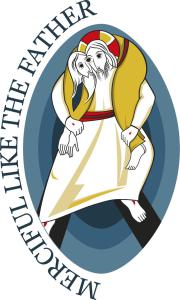Moses is the most important figure in the Hebrew Testament. And in Matthew’s gospel, Jesus is the new Moses.
Through Moses, the Israelites experience God’s central saving act, the deliverance from slavery in Egypt.
Moses also related God’s instruction on how to commemorate that deliverance – the Passover, a sacred meal partaken with everyone fully ready to take the journey of salvation.
Additionally, Moses is the Law Giver. He brings down from Mount Sinai the Ten Commandments. Obeying The Law cements the Covenant, the bond of faithfulness between God and his people.
According to the evangelist Matthew, Jesus carries out the three principal actions of Moses. Jesus’ death and resurrection is now God’s central saving action and the Lord’s Supper, the Eucharist, is the celebration of salvation and nourishment for the journey.
And the new commandments are the Beatitudes, Jesus’ “Sermon on the Mount.”
The first of this New Law is “Blessed (happy, joyful) are the poor, for theirs is the kingdom of God.”
The “poor” here are those who have no one and nothing to depend on. They cry out to God for survival, and God responds to them with the fullness of His love and mercy.
At some point or another, we all find ourselves in dire need, materially or spiritually. Happily, we can reach out to a God who loves us.
Jesus also tells us, in Matthew’s Gospel, that when we attend to those in need, we render help to God Himself.
These are the mysteries we celebrate – we give life to – in this Jubilee Year of Mercy.

